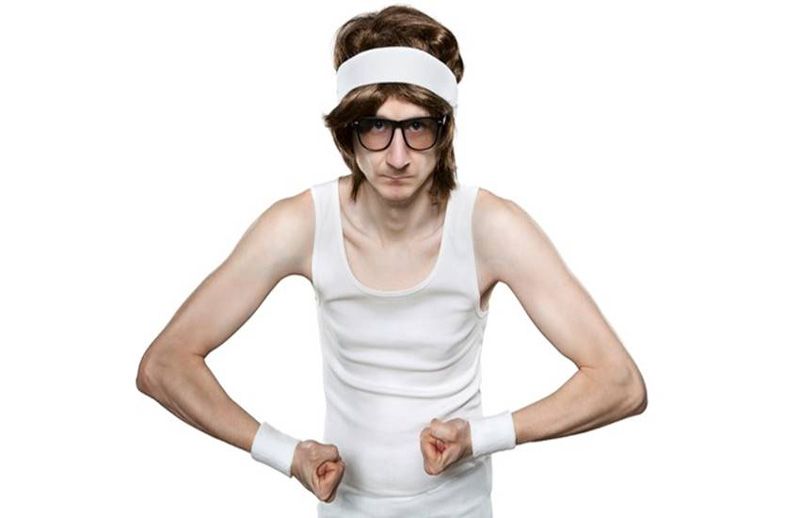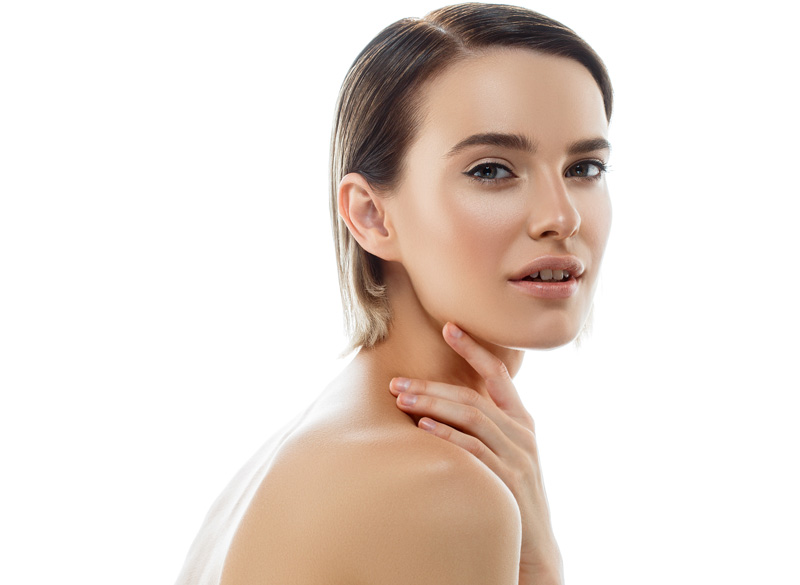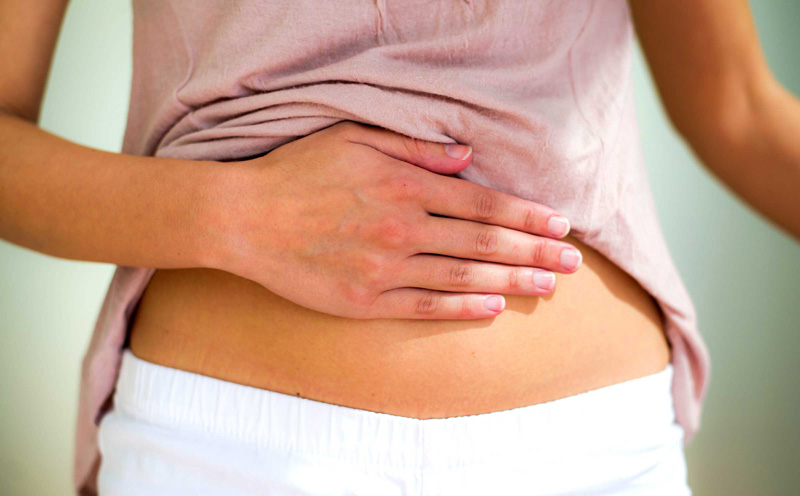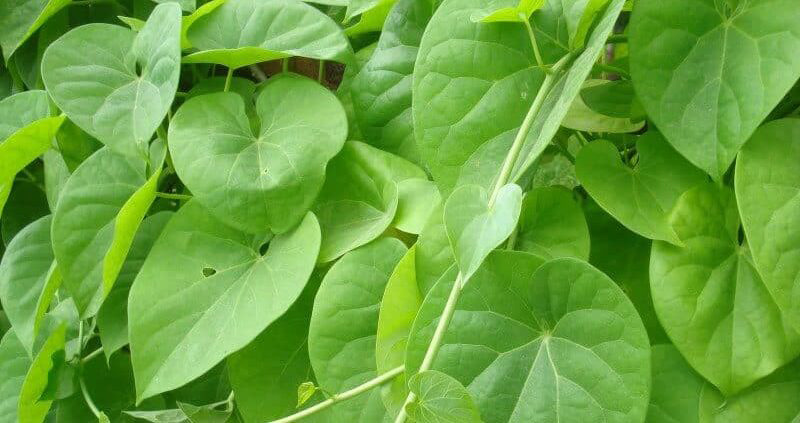How To Balance Hdl & Ldl Cholesterol In Every Day’s Foods
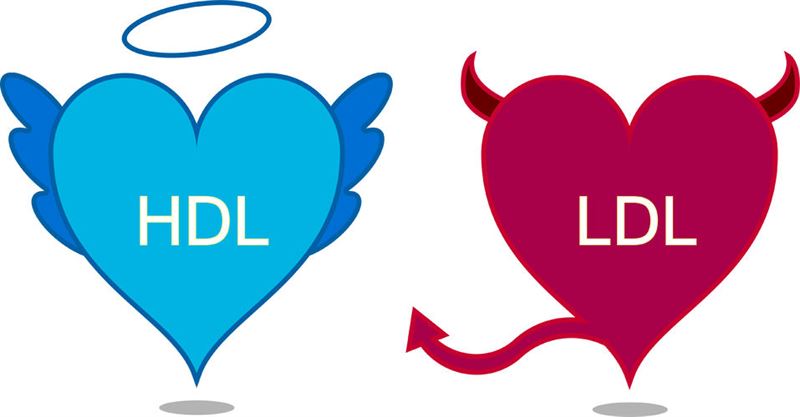
Cholesterol is something that your body needs to work efficiently; it is sort of a waxy substance. An only little amount of cholesterol is necessary for the body, but excess cholesterol is bad for health. The body needs cholesterol to produce some hormones, some other elements, and substances that help you digest the foods properly and vitamin D. Cholesterol is mainly available mostly in animal products or sources such as cheese, egg, fatty meat, whipped cream, butter, canned shrimps, bacon, fast foods, etc. Cholesterol has been classified as a lipoprotein, which is mainly of VLDL(very low-density lipoprotein), IDL(intermediate-density lipoprotein), LDL(low-density lipoprotein), and HDL(high-density lipoprotein). But most common are LDL, HDL, and VLDL. These cholesterol are the aggregate of protein and fat. These lipids need to be attached to protein so that they can easily travel through the blood.
If someone has a high amount of cholesterol in the blood, then in most obvious conditions, it combines with some other elements in the blood to create a plaque. It is a severe condition in which the plaque gets attached to the walls of the arteries, which results in narrowing of the arteries or sometimes even blockage can occur, which can result in coronary artery disease, so the balance of HDL and LDL are essential. Vegetables and foods are the crucial central aspect of cholesterol. So it is vital to know your food well. Unless and until you will eat a balanced and healthy diet, you will not face an issue regarding cholesterol. Healthy eating, some lifestyle changes, exercise for weight management can surely decrease your cholesterol level.

One should always eat less saturated food and should also avoid trans food, always try to eat healthy fresh and good food. Oil is another aspect of the increase in cholesterol level, the oil should be avoided, and the use of olive oil is recommended. Foods, vegetables, and other dishes should be made in olive oil and always try to fill your plate with green vegetables, fruits, and seasonal dishes, which are still healthy. And the inclusion of whole-grain and fish is always prescribed by the doctors and dietitians.
TIPS ON HOW TO BALANCE LDL & HDL CHOLESTEROL IN EVERYDAY FOODS:
Heart disease affects people of all ages, but is most frequent in middle age and is most often caused by atherosclerosis. Cholesterol and triglycerides are the primary forms of fat carried in the bloodstream. These fats or lipids come partly from food, partly from the body’s own production in the liver. With the help of lipoprotein, digested fat from the liver is carried to various parts of the body by the blood vessels. The cholesterol returns to the liver and repeats its job.
The liver places cholesterol into packages called lipoproteins, made from lipids and protein. There are mainly four kinds of lipoprotein packages, namely chylomicrons, VLDL(Very Low-Density Lipoprotein).LDL(low-density lipoprotein)and HDL (high-density lipoprotein).HDL has more protein content.
Also read: Dietary Tips To Control Good & Bad Cholesterol
VLDL also transports triglycerides but mainly endogenous triglycerides formed in the liver. The VLDL travels through the blood vessels to unload fat throughout the body. The ‘empty’ VLDL becomes LDL.
LDL is the leading carrier of cholesterol. Some LDL pieces get stuck to the blood vessel walls, narrowing the same. High LDL decreases Endothelium Derived Relaxing Factor, and blood vessel becomes narrow and cannot dilate.LDL is called ‘bad’ cholesterol because it causes atherosclerosis.HDL plays a role in the reverse transport of cholesterol from tissues throughout the body back to the liver for conversion to bile acids or excretion as biliary cholesterol.HDL is called good cholesterol.
So, above serious information urges us to balance our daily LDL and HDL level to stay healthy and to stay protected from the adverse effects of the lipids and cholesterol from our daily needs. The followings are some tips to modify your daily eating habits and stay healthier!
- If you have a high cholesterol level or any heart disease tendency, then to maintain LDL and HDL level, you should maintain slightly lower than the standard weight. Accordingly, total calories should be restricted.
- You should eat more fiber, by including foods like raw salads, fruits, green leafy vegetables, and whole grains.
- Five servings of fruit and vegetables should be included in the diet not only to meet the nutritional requirement but also to meet antioxidants and fiber as it helps to maintain your LDL and HDL balance within your body through many ways of action.
- Vegetable oils rich in polyunsaturated fatty acids like safflower and sunflower oil should be included in the suggested combination.
- The inclusion of fish in the diet is beneficial as they contain omega-3 fatty acids.
- Concentrated foods like sweets, chocolates, cakes, pastries, ice creams, and fried foods should be restricted or preferably avoided.
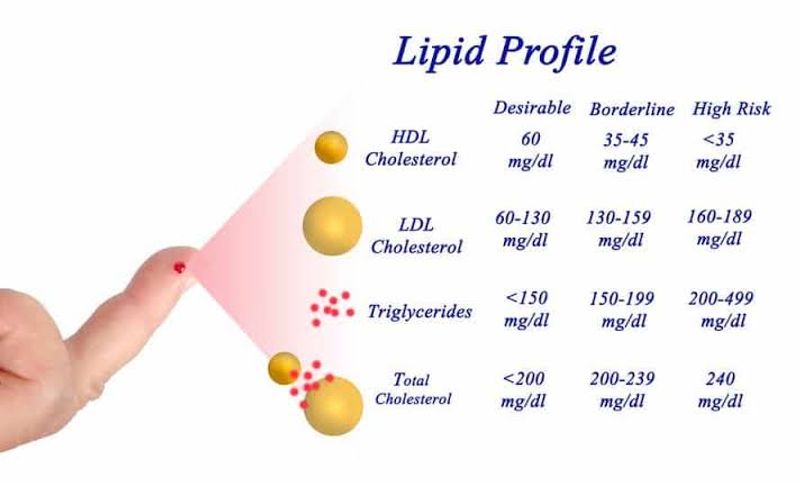
- Foods giving only empty calories like carbohydrate beverages, alcohol sugar, and sago are totally avoided.
- Small quantities of almonds can be consumed to bring down cholesterol levels. High amounts of nuts and oilseeds increase the calories and fat content in the diet.
- Animal foods like meat and pork, which contain a high amount of saturated fat, should be avoided.
- Foods that have hypocholesterolemic effects like soya bean, fenugreek, garlic, onion, and turmeric should be included in your diet.
Also read: 15 Ways To Lower Cholesterol
- Do not take heavy meals but try to make small and frequent meals.
- With old age, people and in women who have their post-menopausal period should regularly watch on their weight and levels of HDL and LDL because in this age and time the level of cholesterol always tends to increase.


